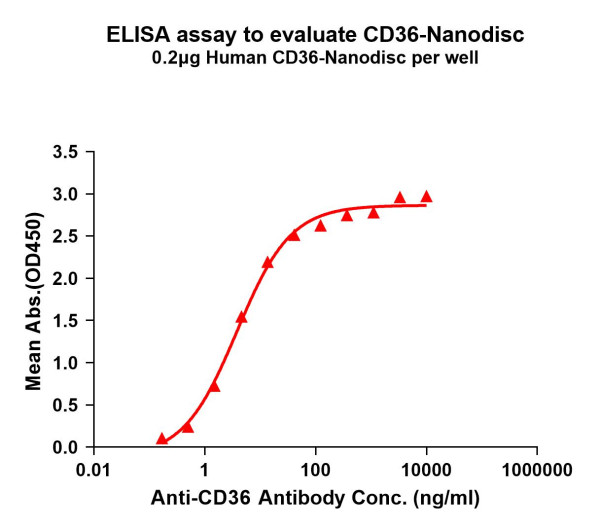Cookie preferences
This website uses cookies, which are necessary for the technical operation of the website and are always set. Other cookies, which increase the comfort when using this website, are used for direct advertising or to facilitate interaction with other websites and social networks, are only set with your consent.
Configuration
Technically required
These cookies are necessary for the basic functions of the shop.
"Allow all cookies" cookie
"Decline all cookies" cookie
CSRF token
Cookie preferences
Currency change
Customer-specific caching
FACT-Finder tracking
Individual prices
Selected shop
Session
Comfort functions
These cookies are used to make the shopping experience even more appealing, for example for the recognition of the visitor.
Note
Show the facebook fanpage in the right blod sidebar
Statistics & Tracking
Affiliate program
Conversion and usertracking via Google Tag Manager
Track device being used
If you have any questions, please use our Contact Form.
You can also order by e-mail: info@biomol.com
Larger quantity required? Request bulk
You can also order by e-mail: info@biomol.com
Larger quantity required? Request bulk
Discover a breakthrough in membrane protein research and drug development with DIMA Biotech's... more
Product information "CD36 (human) full length protein-synthetic nanodisc"
Discover a breakthrough in membrane protein research and drug development with DIMA Biotech's Synthetic Nanodiscs. Traditional methods struggle with challenges in obtaining water-soluble and bioactive forms of multi-transmembrane proteins. Our innovative polymer-based Nanodisc platform offers a game-changing solution by excluding membrane scaffold proteins (MSPs), resulting in a cleaner system with fewer interferences for downstream assays. By disassembling cell membranes into nanoscale disc-shaped structures, our technology enables the purification of membrane proteins to high homogeneity under aqueous conditions. Explore how Synthetic Nanodiscs empower the functional characterization of multi-span transmembrane proteins in their active form, revolutionizing the future of membrane protein research and drug development. Protein function: Multifunctional glycoprotein that acts as receptor for a broad range of ligands. Ligands can be of proteinaceous nature like thrombospondin, fibronectin, collagen or amyloid-beta as well as of lipidic nature such as oxidized low-density lipoprotein (oxLDL), anionic phospholipids, long-chain fatty acids and bacterial diacylated lipopeptides. They are generally multivalent and can therefore engage multiple receptors simultaneously, the resulting formation of CD36 clusters initiates signal transduction and internalization of receptor- ligand complexes. The dependency on coreceptor signaling is strongly ligand specific. Cellular responses to these ligands are involved in angiogenesis, inflammatory response, fatty acid metabolism, taste and dietary fat processing in the intestine (Probable). Binds long-chain fatty acids and facilitates their transport into cells, thus participating in muscle lipid utilization, adipose energy storage, and gut fat absorption (PubMed:18353783, PubMed:21610069). In the small intestine, plays a role in proximal absorption of dietary fatty acid and cholesterol for optimal chylomicron formation, possibly through the activation of MAPK1/3 (ERK1/2) signaling pathway (PubMed:18753675). Involved in oral fat perception and preferences (PubMed:22240721, PubMed:25822988). Detection into the tongue of long-chain fatty acids leads to a rapid and sustained rise in flux and protein content of pancreatobiliary secretions. In taste receptor cells, mediates the induction of an increase in intracellular calcium levels by long-chain fatty acids, leading to the activation of the gustatory neurons in the nucleus of the solitary tract. Important factor in both ventromedial hypothalamus neuronal sensing of long-chain fatty acid and the regulation of energy and glucose homeostasis. Receptor for thombospondins, THBS1 and THBS2, mediating their antiangiogenic effects. As a coreceptor for TLR4:TLR6 heterodimer, promotes inflammation in monocytes/macrophages. Upon ligand binding, such as oxLDL or amyloid-beta 42, interacts with the heterodimer TLR4:TLR6, the complex is internalized and triggers inflammatory response, leading to NF-kappa-B-dependent production of CXCL1, CXCL2 and CCL9 cytokines, via MYD88 signaling pathway, and CCL5 cytokine, via TICAM1 signaling pathway, as well as IL1B secretion, through the priming and activation of the NLRP3 inflammasome (PubMed:20037584). Selective and nonredundant sensor of microbial diacylated lipopeptide that signal via TLR2:TLR6 heterodimer, this cluster triggers signaling from the cell surface, leading to the NF-kappa-B-dependent production of TNF, via MYD88 signaling pathway and subsequently is targeted to the Golgi in a lipid-raft dependent pathway (PubMed:16880211). [The UniProt Consortium]
| Keywords: | FAT, GPIV, GP3B, CD36, PAS-4, PAS IV, GPIIIB, Glycoprotein IIIb, Fatty acid translocase, Platelet glycoprotein 4, Thrombospondin receptor, Platelet glycoprotein IV, Platelet collagen receptor, Leukocyte differentiation antigen CD36, BDPLT10, CHDS7, FAT, |
| Supplier: | DIMA |
| Supplier-Nr: | FLP100044 |
Properties
| Application: | Full length transmembrane protein, FA, ELISA, screening, immunization, cell-based assays, crystallization |
| Conjugate: | No |
| Host: | Human cells |
| Species reactivity: | human |
| MW: | 53.1 kD |
| Format: | Lyophilized |
Database Information
| KEGG ID : | K06259 | Matching products |
| UniProt ID : | P16671 | Matching products |
| Gene ID : | GeneID 948 | Matching products |
Handling & Safety
| Storage: | -20°C (avoid repeat freezing and thawing cycles) |
| Shipping: | +20°C (International: +20°C) |
Caution
Our products are for laboratory research use only: Not for administration to humans!
Our products are for laboratory research use only: Not for administration to humans!
You will get a certificate here
Viewed





